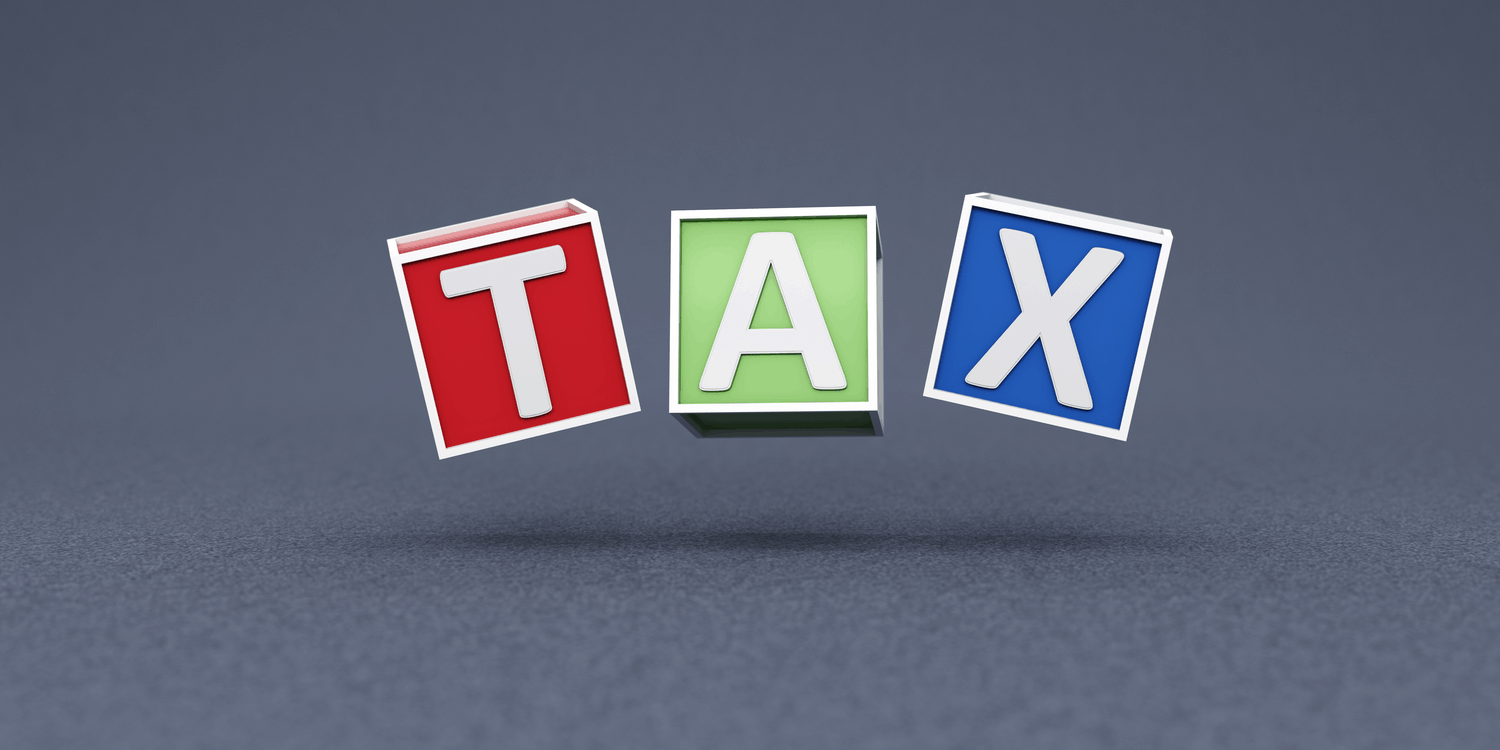Section 455 tax is payable in respect of directors’ loan accounts under certain circumstances. The name of the tax refers to section 455 of the Corporation Tax Act 2010.
When does s455 tax need to be paid?
If a director’s loan is repaid within 9 months of the end of the relevant Corporation Tax accounting period, there is generally no tax to pay.
But any overdue payments will be subject to s455 tax, charged at 33.75% of the outstanding loan balance (2024-25 tax year). The s455 rate is linked to the higher rate of dividend tax.
What are director’s loan accounts?
A director’s loan is defined as any money that a director or their close family members receive from a company that does not fit into any of the following categories:
- Salary
- Dividend
- Expense repayment
- Money they’ve previously paid into or loaned the company
Although a director’s loan is not considered to be a payment in the same way as salary or dividends, accurate records must be retained, not least for s455 tax purposes.
Records which are kept on a director’s loan are known as a director’s loan account (DLA) or director’s current account.
When can s455 tax be reclaimed?
Section 455 tax which has been paid on a director’s loan can be reclaimed once the loan has been repaid, written off or released. Any interest paid cannot be reclaimed.
This tax can be reclaimed 9 months and 1 day after the end of the Corporation Tax accounting period when the loan was repaid, written off or released. Claims must be made within 4 years.
How can s455 tax be reclaimed?
For any claims made within 2 years of the end of the accounting period relating to the director’s loan being taken out, form CT600A should be used when:
- preparing a company tax return for the same accounting period; or
- amending a tax return online.
If the tax return is for a different accounting period than the one when the loan was taken out, form L2P should be used instead. This form should also be used if amending a tax return in writing.
Form L2P should be used when reclaiming s455 tax 2 years (or more) following the end of the accounting period when the loan was taken out. This form can be included with the latest company tax return.
When is a P11D benefit payable?
If a director’s loan account exceeds £10,000 at any given time during the year, it will be considered a ‘benefit in kind. It must then be reported on the P11D form as part of the director’s Self Assessment tax return.
Tax may need to be paid on the loan at the official rate of interest. Furthermore, the company will need to pay Class 1A National Insurance at 13.8% on the full amount of the loan (2024-25 tax year).
Similarly, if interest has been paid on the loan below the official rate, the discounted interest will be classed as a benefit in kind and should be reported in the P11D. In this case, tax may need to be paid in respect of the difference between the official rate and the discounted rate.









Nowhere on the Internet is there this much quality and clear information on this subject. How do I know? I know because I’ve searched this topic at length. Thank you.
Thank you for your kind words, Hector. We’re glad you found this article of use.
Kind regards,
The QCF Team